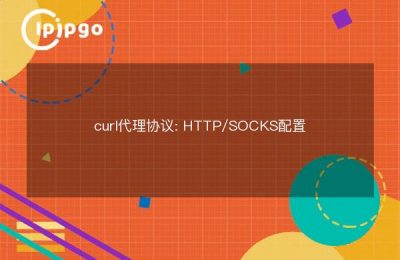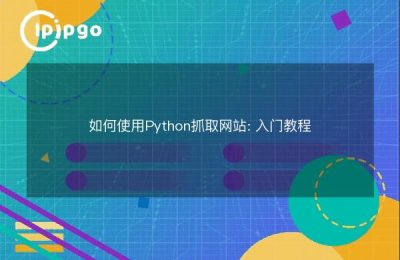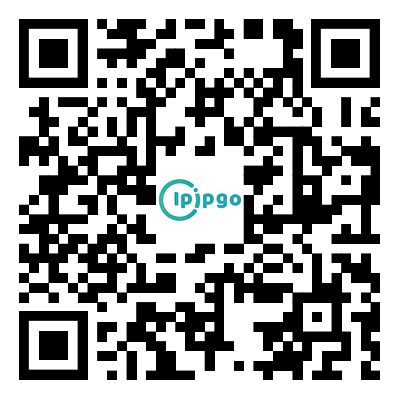
In the process of AI large model training, frequent data crawling and interface calls are easily recognized as abnormal behavior by the target platform, resulting in IP blocking. In this article, we will use vernacular to explain how to guarantee the stable operation of the training task through highly anonymous proxy IP configuration and anomaly handling scheme.
I. Why must I use a high anonymous proxy IP?
Ordinary proxy IP is like a courier collection point, the target website can see the address of the collection point (proxy IP) and package information (request header). Highly anonymized proxy IPs, on the other hand, are like professional confidential couriers - the target websiteYou can't see the real address, nor can you find out where the package came from.The
Take ipipgo's residential proxy IP as an example:
| comparison term | General Agent | ipipgo residential agent |
|---|---|---|
| anonymity | Show X-Forwarded-For header | Completely hide the real IP |
| IP Type | Server Room IP Segment | Real Home Broadband IP |
| probability of banning | High (easily recognized as machine traffic) | Low (simulated live visits) |
II. The four-step approach to practical configuration
Step 1: Obtain a dynamic residential IP pool
Apply for a free trial package through the ipipgo website, choose the "Dynamic Residential IP" type, and support HTTP/HTTPS/SOCKS5 full protocol.
Step 2: Set up automatic IP rotation
Configure the proxy middleware in the code. it is recommended that the IP be changed every 5-10 minutes.Python Sample:
import requests proxies = { 'http': 'http://用户名:密码@gateway.ipipgo.com:端口', 'https': 'http://用户名:密码@gateway.ipipgo.com:端口' } response = requests.get('destination URL', proxies=proxies, timeout=30)Step 3: Disguise the request characteristics
- Random User-Agent switching (built-in 5000+ browser fingerprint library)
- Set reasonable request intervals (3-8 seconds recommended)
- Enable TLS fingerprint obfuscation
Step 4: Real-time monitoring and switching
Automatically switches IPs when the following conditions occur:
429 Status Code (Frequent Requests) | Connection timed out 3 times | Returned validation page 5 times in a row
Third, exception processing three axes
Scenario 1: Sudden IP failure
- Enable alternate IP pools immediately (2 service providers recommended)
- Checking the IP availability metrics on the ipipgo console
- Temporary switching of static enterprise IPs (suitable for mission critical)
Scenario 2: Triggering human verification
- Reducing the frequency of requests from a single IP
- Enable ipipgo's intelligent speed regulation feature (dynamically adjusts to target site load)
- Integration of third-party CAPTCHA recognition services
Scenario 3: Mass banning
- Suspend tasks and analyze logs (check for unusual request patterns)
- Replacement of IP geographic distribution (e.g., switching from U.S. to German residential IP)
- Contact ipipgo technical support for customized solutions
IV. Frequently asked questions
Q: Can't I use a free proxy IP?
A: Free proxy IPs have short survival time and poor anonymity, which may be directly hacked by the target website and also lead to training data pollution.
Q: How do I test proxy anonymity?
A: Visit the anonymity detection page provided by ipipgo to ensure that the following information is not disclosed:
✓ Real IP address ✓ X-Forwarded-For header ✓ Proxy protocol characteristics
Q: What should I do if I encounter a regional ban?
A: Enable the "Smart Routing" function in the ipipgo console, and the system will automatically select residential IPs in low-risk geographic areas.
V. Recommendations for selection
Recommended configuration for AI large model training based on our real-world data:
Concurrency <100: dynamic residential IP (1 minute rotation)
100 ≤ concurrency <500: static residential IP + dynamic IP hybrid pool
Concurrency ≥500: contact ipipgo for a customized BGP enterprise solutionIt is recommended to apply for a free trial on the ipipgo platform first to determine the most suitable IP type and rotation strategy through stress testing. Remember, a stable proxy IP service is the first line of defense for uninterrupted AI training.








